OAKLAND — The so-called tramp chair sitting in the sally port of the police station is about 800 pounds of steel and stands just 52 inches high. The chair is designed as a transportable cage, with a heavy duty lock that even Harry Houdini’s escape artist brother had trouble opening.
Gary Bennett, owner of Snow Pond Cruises and Historical Tours, said the tramp chair always raises a lot of interest during his tours. He usually hands out photos and information about the chair, which is just one of two in known existence from the dozen or so made. But this year he wanted to try to bring this odd bit of cruel history back to its birthplace of Oakland.
Back in the late 1890s and early 1900s, vagabonds, hobos and tramps were carted through town in the chair as a form of mild torture or public humiliation. The chair was designed, built and patented in 1896 by Sanford J. Baker, who was a blacksmith and deputy sheriff for Somerset and Kennebec counties. Baker lived in Oakland, died in 1905 and is buried at Baker Cemetery on Pleasant Street, across from the Korner Store.
The Smithsonian Institution in Washington, D.C., owns one chair and the Bangor Historical Society owns another. A third chair is rumored to exist in Rockport or Rockland, but it may have been converted into a giant flower pot, Bennett said.
Bennett was puzzled about why the chair, worth an estimated $10,000, wasn’t in its birthplace, so he set up an agreement with the historical society to get it back to Oakland for the summer.
A police cruiser will carry the chair in the OakFest parade at 6 p.m. on July 21, and it also will be displayed in a tent during OakFest. It’s available for viewing now at the police station during the department’s business hours.
When the railroads were built through central Maine, the chair’s designer, Baker, realized that they brought with them “unwelcome people,” whom he would call vagabonds, hobos and tramps in letters, Bennett said.
“He wanted the Legislature to adopt the chair for towns that couldn’t afford jails,” he said, but the Legislature at the time “deemed it barbaric.”
Back in the late 1890s and early 1900s, tramps and minor criminals were carted through town in the chair as a form of mild torture or public humiliation. They often were put in the chair naked, suffering from the sting of the steel on extremely hot or cold days, while townspeople jeered and threw things at them and children poked them with sticks.
“If you stay in there for a couple of hours, you’re screaming to get out,” said Bennett, who has done extensive research on the chair.
When they got to the edge of town, the policeman carting them around would give them two options: leave town or stay in the tramp chair. They usually chose to leave.
Despite the cruel nature of the tramp chair, Baker wasn’t known as a sadist, Bennett said.
“Public humiliation is something we have done back to medieval times,” he said. “And this was just his idea of public humiliation.”
In 1899, the Los Angeles Herald printed a letter Baker sent extolling the efficacy of the tramp chair.
“The chair resembles some (of) the ancient instruments of torture used by the inquisition, in being only moderately formidable in appearance, but a terror to those who are forced to spend only a few hours within its confines,” Baker wrote.
Theodore Hardeen, Harry Houdini’s brother, escaped from the tramp chair at the Bijou Theater in Bangor at a show in 1912, according to a 2012 Bangor Daily News article, but Bennett said he did have some difficulty with the lock that held it shut. It took Hardeen 11 minutes and 54 seconds to escape from the chair while both handcuffed and shackled to it, Bennett said.
He thinks the lock on it today is the original lock that was used in the early 1900s, as the historical society doesn’t have a key that opens it.
Baker has described how no one was willing to sit in the chair when he first created it, so he finally gave a man $5 to test it for two and a half hours. When he was let out of the chair, he “grasped the money with such alacrity” because he felt he had earned the money “many times over.”
He goes on to say that no one who sat in the chair said it was comfortable, and that they often wouldn’t get back in it even for a monetary reward.
When the punishment is over for “the hobo,” Baker wrote that the man would make “a bee line for the open country and thenceforth come nowhere near the town that chairs its tramp guests through the streets.”
As evidence that the tramp chair worked, he cited the number of lockups of “city wanderers” in Augusta versus Oakland, which had a tramp chair. There were 275 in one month in Augusta and one in Oakland, according to Baker’s letter, which he held up as proof that the threat of the chair was enough to keep the “hobo nuisance” at bay.
Whether the chair actually deterred hobos isn’t known for sure, but it was well designed and secure.
Madeline St. Amour — 861-9239
mstamour@centralmaine.com
Twitter: @madelinestamour
Send questions/comments to the editors.


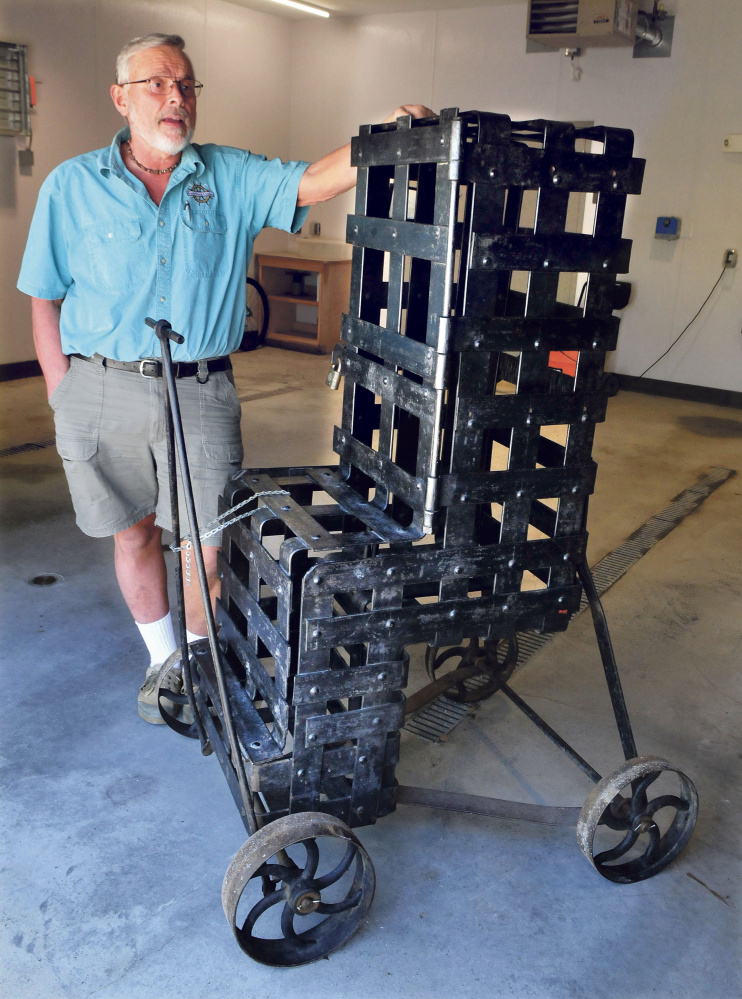
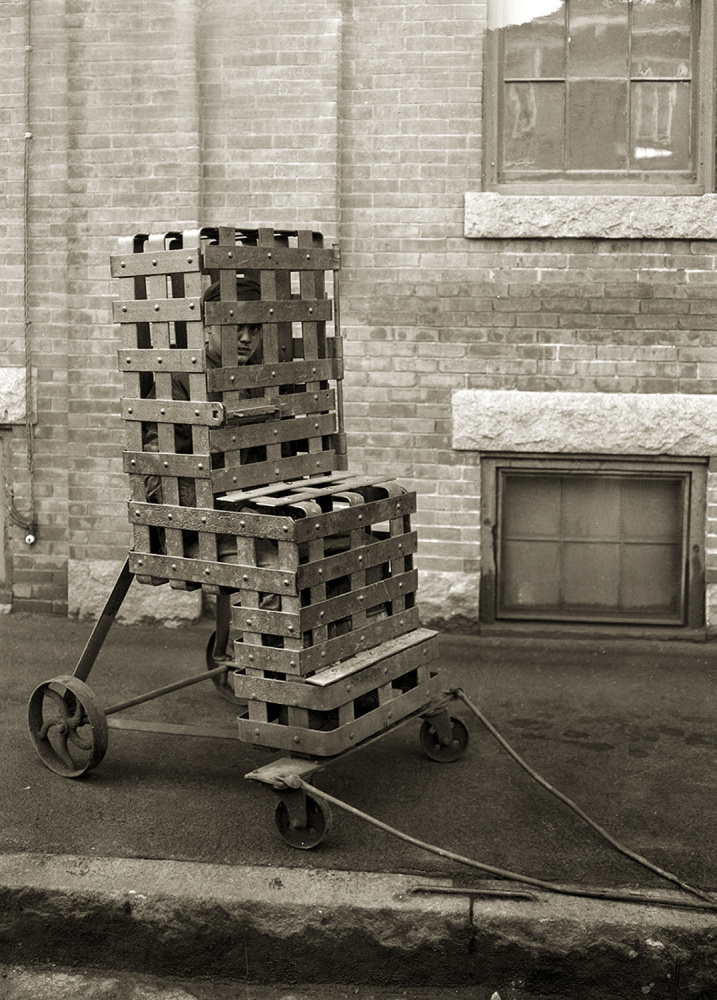
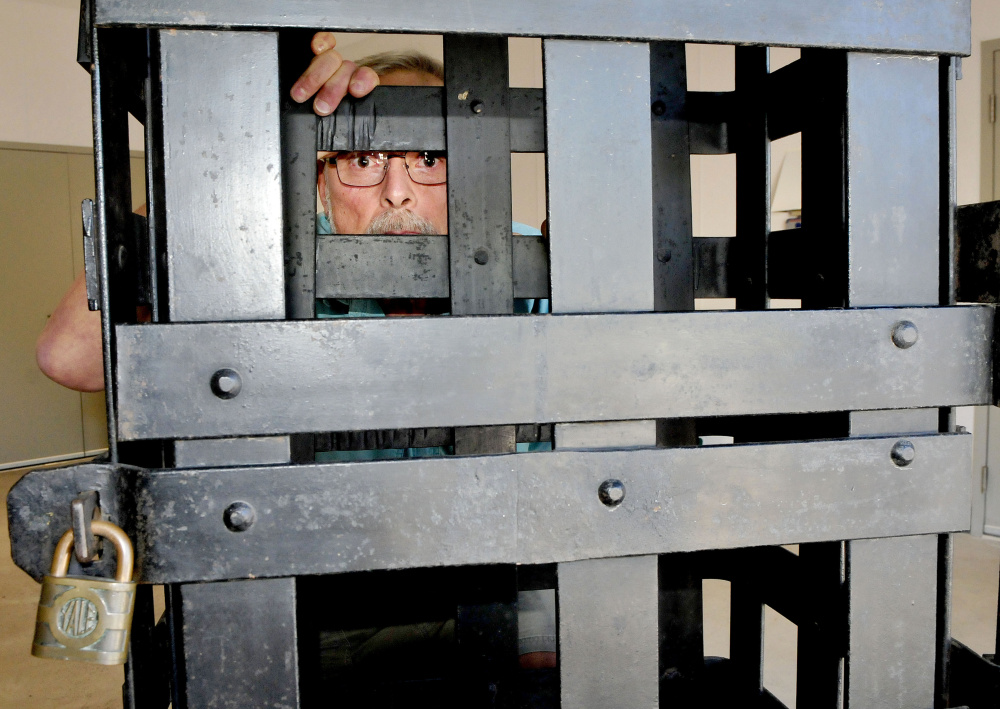
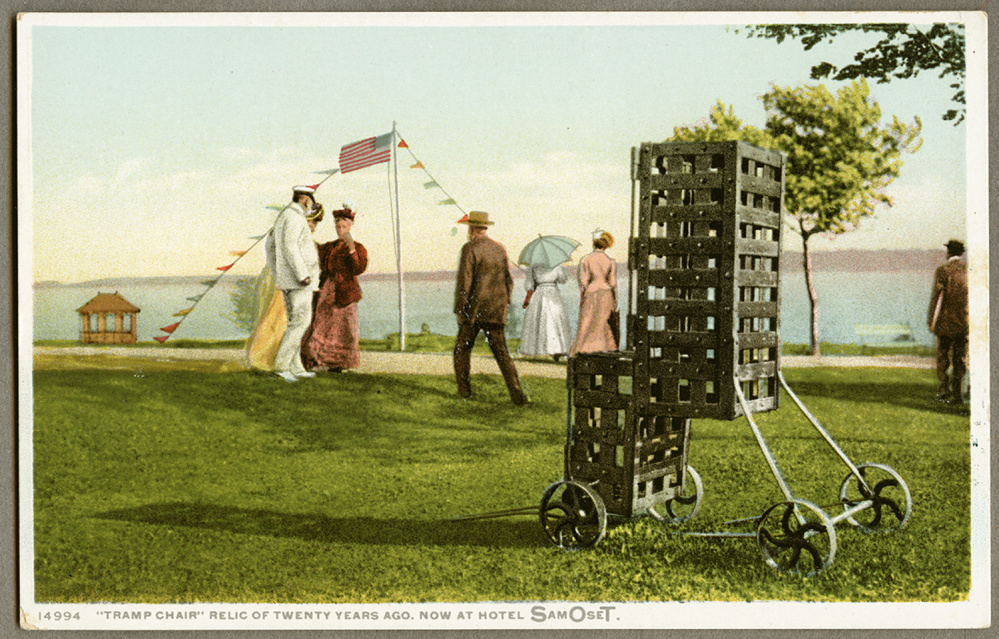
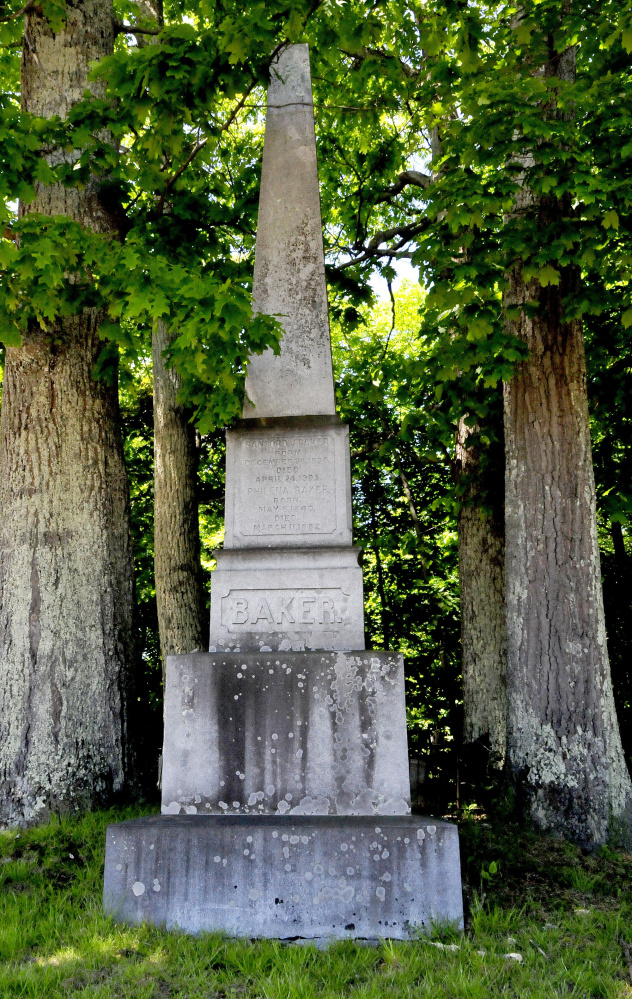

Comments are no longer available on this story